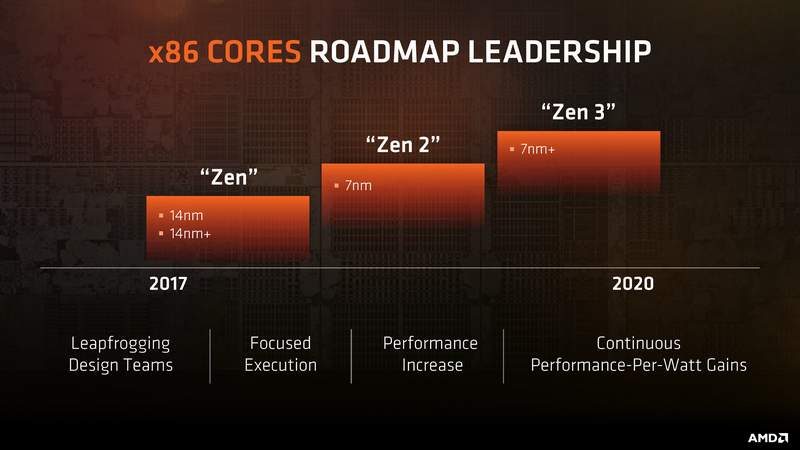
Some of the desktop and server chips will feature 3D V-cache (a massive extra layer of cache stacked on top of the CPU chiplets), some will use the Zen 4c variant. There will be a mix of 5nm and 4nm parts.

But these are just the broad strokes – the company is yet to reveal how it plans to package these new Zen and RDNA parts into consumer and business products. AMD was stingy with details, all we know is that the new GPU architecture promises further advancements in performance and efficiency and an even smaller manufacturing node.ĪMD’s Financial Analyst Day was yesterday, which is what brought on this slew of announcements.
#Zen 3 vs zen 4 upgrade
There will be an RDNA 3+ step for some products, but the next major upgrade will come with RDNA 4, which is expected in 2024. All told, AMD expects to see performance-per-watt of RDNA 3 to improve by at least 50% compared to RDNA 2. This will be paired with an optimized graphics pipeline, improved compute units and the second generation of on-die Infinity Cache. RDNA 2 parts were fabbed on 7nm and 6nm, so the new GPUs will get the benefit of a new node. The first Zen 5 chips are expected in 2024, so more concrete details will have to wait.Īs for AMD’s GPU products, the next major architecture, RDNA 3, will be fabbed on a 5nm process and will be the first to use a chiplet design (similar to the CPUs). TSMC’s 4nm node is just an optimized version of the 5nm node, but the 3nm one is completely different. The company did reveal that these processors will be fabbed on both 4nm and 3nm processes. Zen 5 is described as an “all-new microarchitecture”, but details are scarce. It will be followed by Strix Point, which will use Zen 5 cores and RDNA 3+ and it will be built on an advanced node that is yet to be specified. Phoenix Point is expected to come out next year.

The upcoming Phoenix Point will be feature Zen 4 CPU cores and RDNA 3 GPU cores (more on that in a second). The laptop chips, however, will be manufactured on TSMC’s 4nm node. The first desktop and server parts made on a 5nm process are set to launch later this year. Performance per Watt will see “significant generational” improvements (25% or higher) and higher memory bandwidth will be go up with the move to DDR5. This promises over 15% improvement to single-thread performance and 8-10% higher Instructions Per Clock (IPC).
#Zen 3 vs zen 4 series
The new Ryzen 7000 series will be based on the upcoming Zen 4 architecture. This includes transitions to more advanced manufacturing nodes and covers laptop, desktop and server parts (both CPU and GPU). We'll split this piece up into four parts that cover the four major components of the Ryzen 7000 launch: 1) the Zen 4 CPU core, 2) the on-chip I/O die that supports the CPU's non-CPU features and handles internal connectivity, 3) the 600-series chipsets that handle most external connectivity, and 4) the physical AM5 socket that will outlive all of the other components by a few years.AMD has unveiled a timeline for releasing new CPU and GPU architectures over the next couple of years. This one will focus on all the other changes, including the ones that will be with us long after Ryzen 7000 is old news.

One is a look at the actual chips' performance and power efficiency, located here. So we're publishing two Ryzen pieces today. The last time this many things changed at once was back in 2017, when the first-generation Ryzen chips originally launched. The processor architecture is changing, but it's also being accompanied by changes to everything from the chipset to the physical socket that the chips plug into. Further Reading Ryzen 7600X and 7950X review: Zen 4 starts off expensive but impressiveĪMD's Ryzen 7000 launch is bigger than just the processors.


 0 kommentar(er)
0 kommentar(er)
